Supercars have long been the pinnacle of automotive excellence, pushing the boundaries of design, technology, and performance. These vehicles not only captivate the imagination but also set new standards for what’s possible on four wheels. Here are ten supercars that have truly changed the game forever.
Ferrari 250 GTO
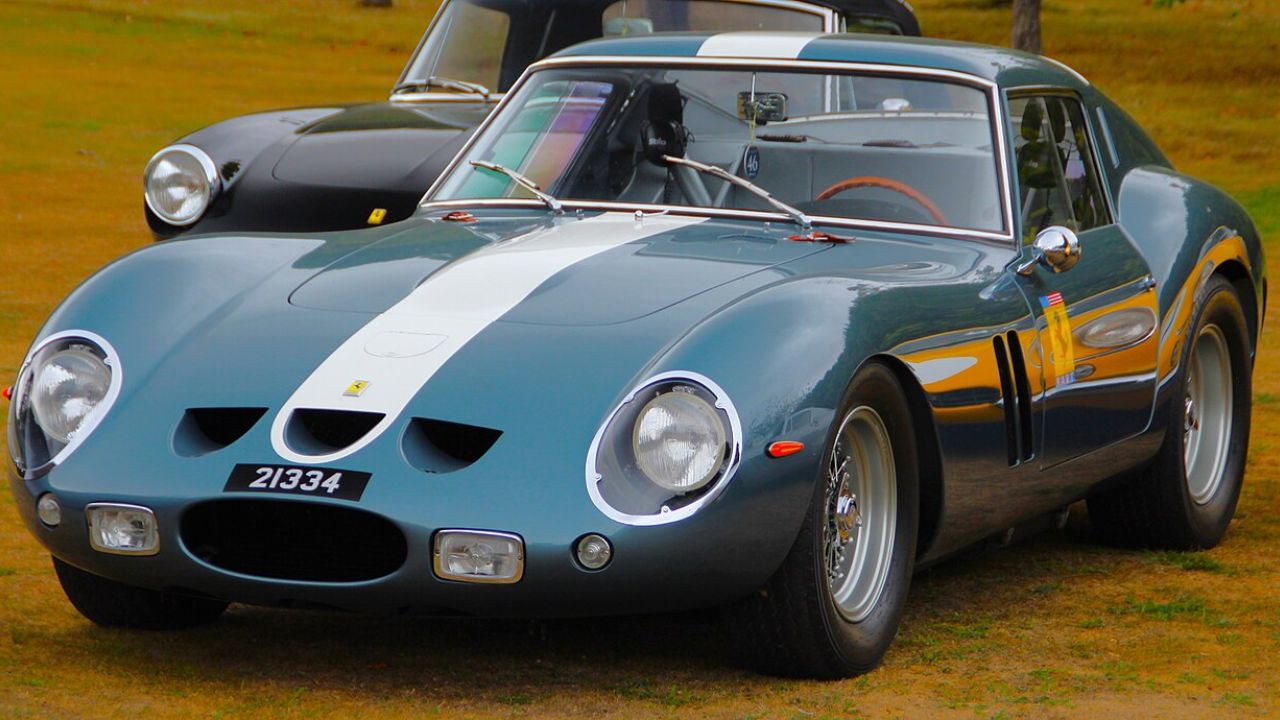
The Ferrari 250 GTO is a legend in the world of supercars, known for its stunning design and impressive racing pedigree. Manufactured in the early 1960s, this car was limited to just 36 units, making it one of the most sought-after collector’s items today. Its V12 engine delivered an exhilarating driving experience, while its aerodynamic shape set new standards in automotive design.
The 250 GTO’s success on the racetrack, including victories in prestigious events like the Tour de France Automobile, cemented Ferrari’s reputation as a leader in high-performance engineering. It remains a symbol of automotive artistry and innovation.
Lamborghini Miura
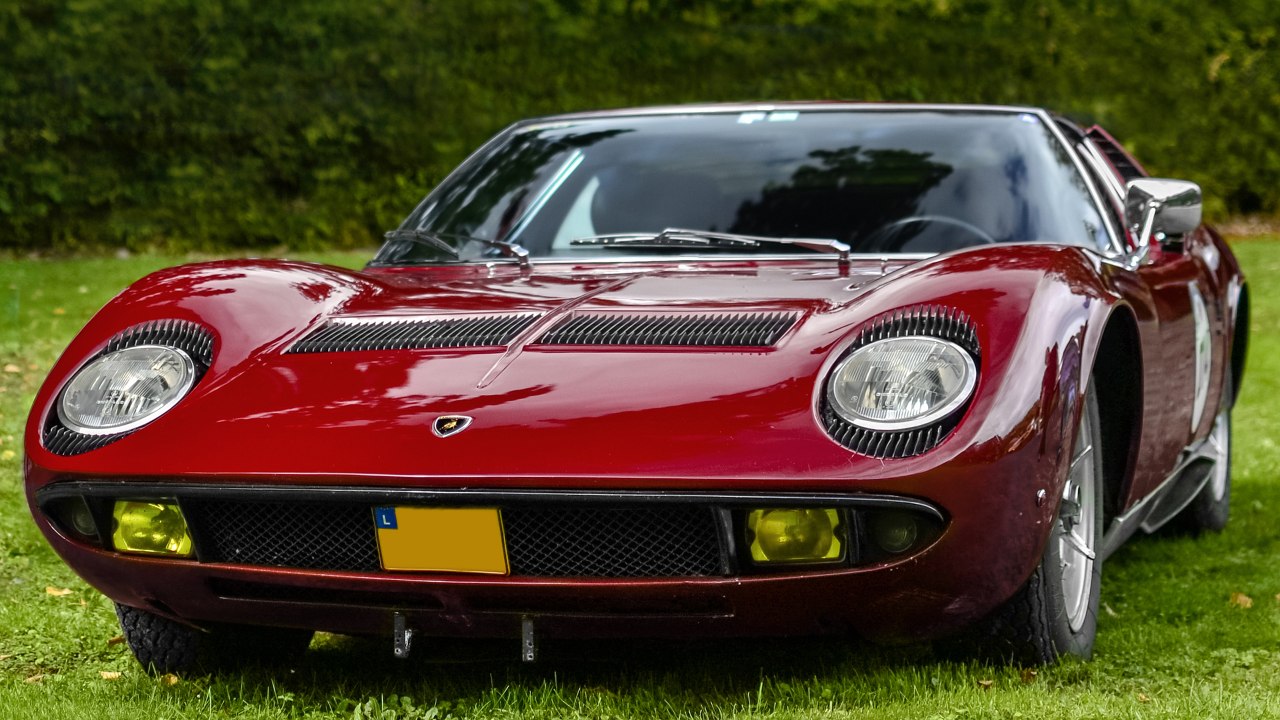
The Lamborghini Miura, introduced in 1966, is often credited with being the world’s first supercar. With its mid-engine layout, the Miura set a new template for high-performance cars that manufacturers still follow today. Its groundbreaking design, created by Marcello Gandini, was both revolutionary and iconic.
Boasting a V12 engine and exceptional speed, the Miura was more than just a pretty face. It was a performance powerhouse that offered a thrilling driving experience. The Miura’s innovative approach to design and engineering continues to influence supercar development.
Porsche 911
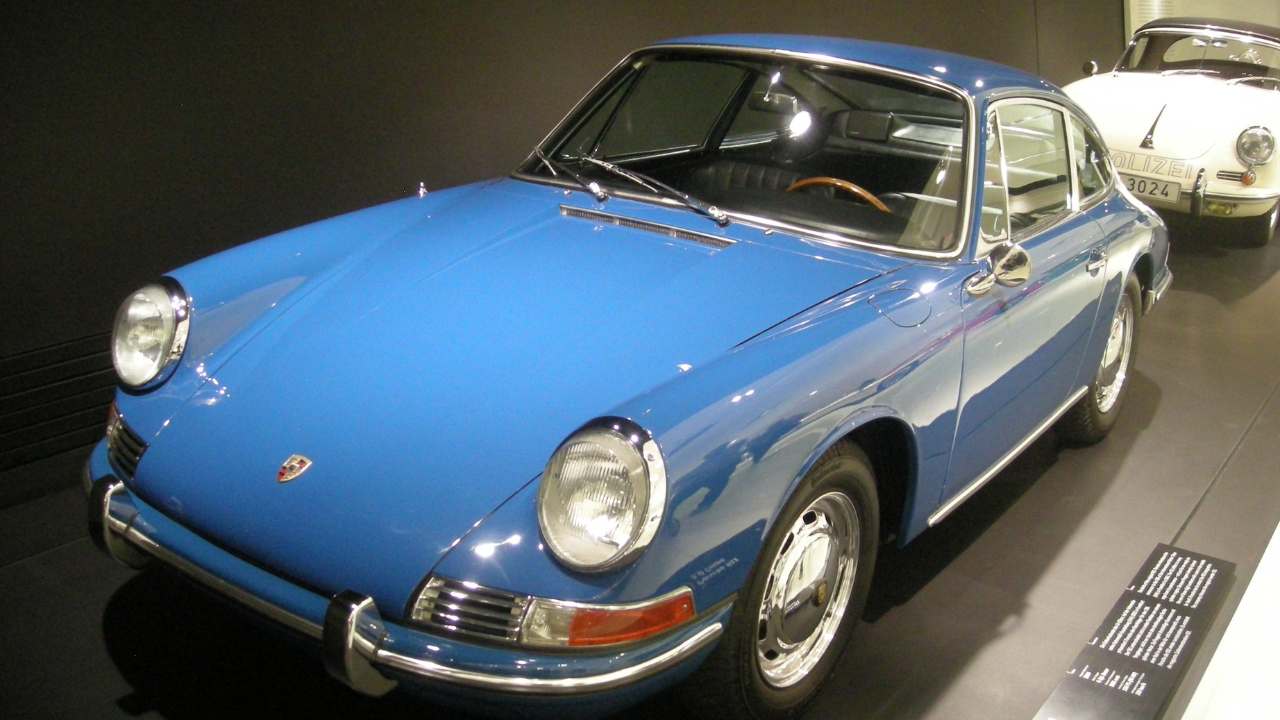
The Porsche 911, first introduced in 1964, is an enduring icon in the automotive world. Its distinctive design and rear-engine layout have remained largely unchanged, demonstrating the timelessness of its concept. The 911 has undergone continuous evolution, improving its performance, technology, and comfort.
With numerous variants and racing successes, the Porsche 911 has proven its versatility and capability. From daily driving to dominating the racetrack, the 911 has set a standard for sports cars that few others can match. Its influence is seen across the industry, inspiring generations of car enthusiasts and engineers.
McLaren F1
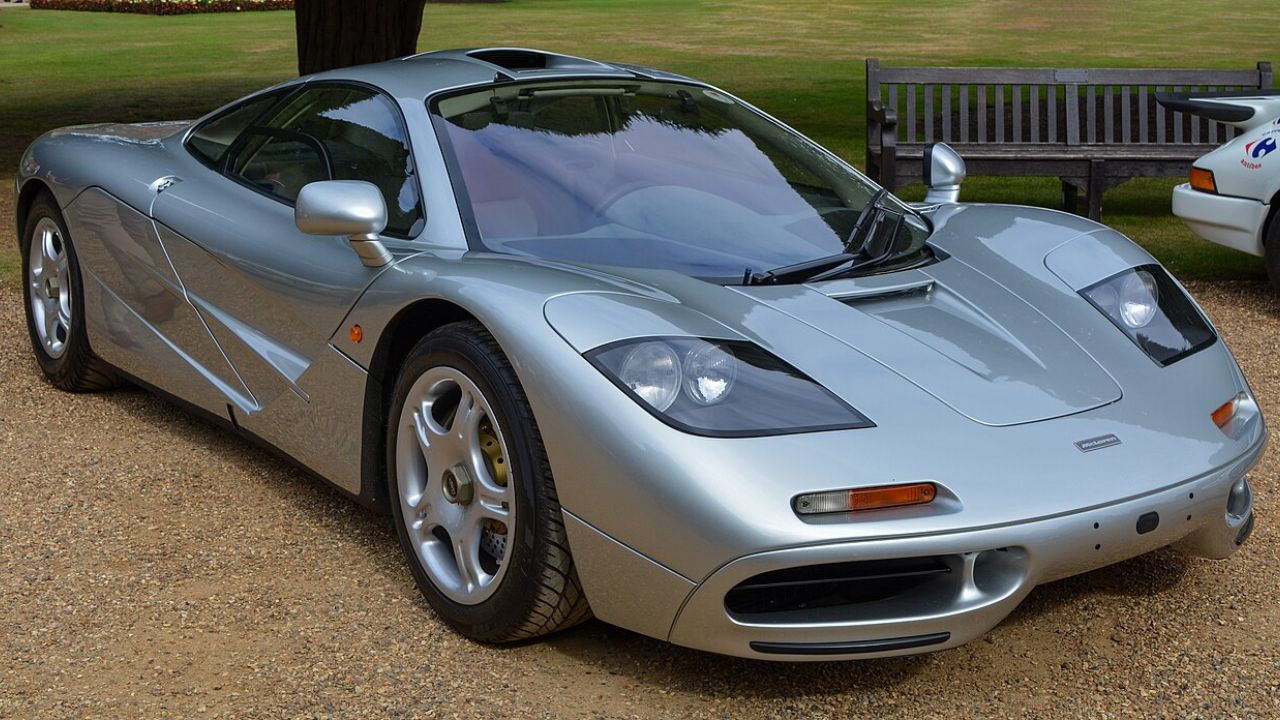
The McLaren F1, launched in 1992, is often regarded as one of the greatest supercars ever built. Designed by Gordon Murray, the F1 was a technological marvel, featuring a carbon-fiber monocoque chassis and an innovative driver’s seat positioned centrally for optimal visibility and control.
Powered by a BMW-sourced V12 engine, the McLaren F1 was the world’s fastest production car for over a decade, with a top speed exceeding 240 mph. Its influence on supercar engineering and design is immeasurable, setting a benchmark for speed, luxury, and innovation.
Bugatti Veyron
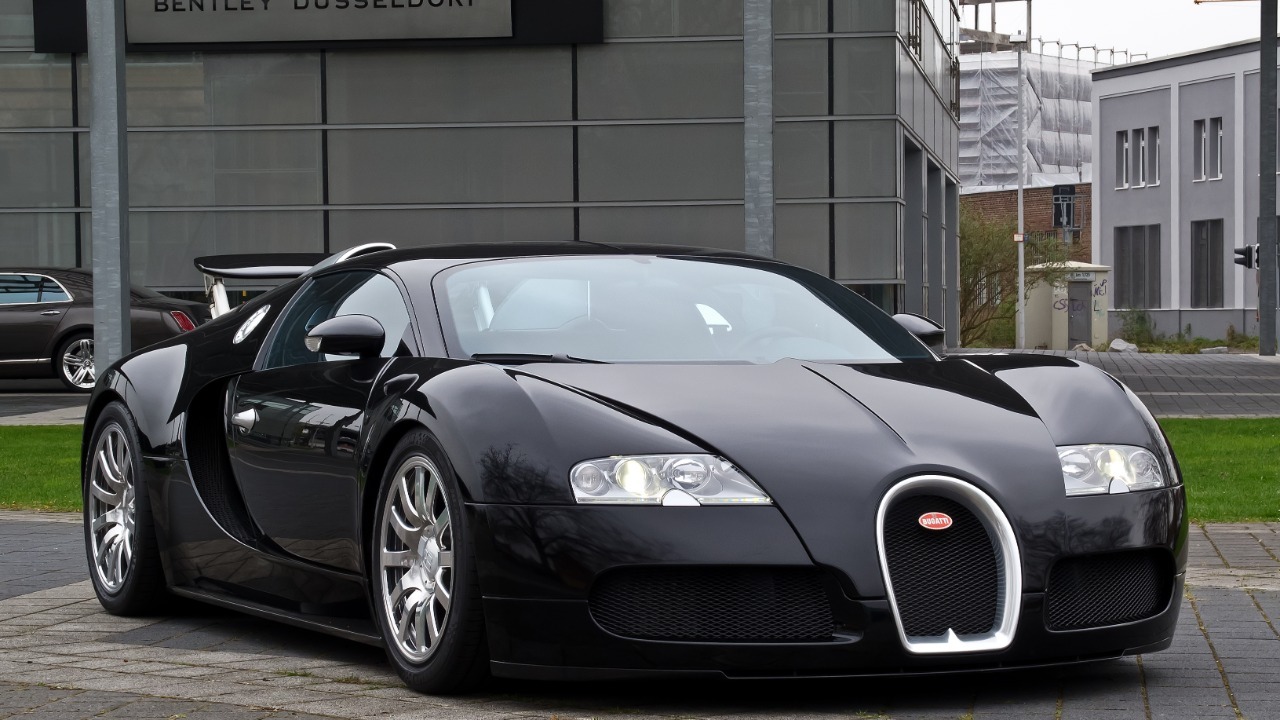
The Bugatti Veyron redefined the boundaries of performance when it debuted in 2005. With its quad-turbocharged W16 engine, the Veyron was the first production car to offer over 1,000 horsepower, capable of reaching speeds over 250 mph. It was a feat of engineering that pushed the limits of what was thought possible.
Beyond its raw speed, the Veyron showcased cutting-edge technology and luxury, making it a symbol of automotive excellence. The Veyron’s impact on the industry was profound, triggering a new era of hypercars focused on achieving extraordinary performance.
Ferrari LaFerrari
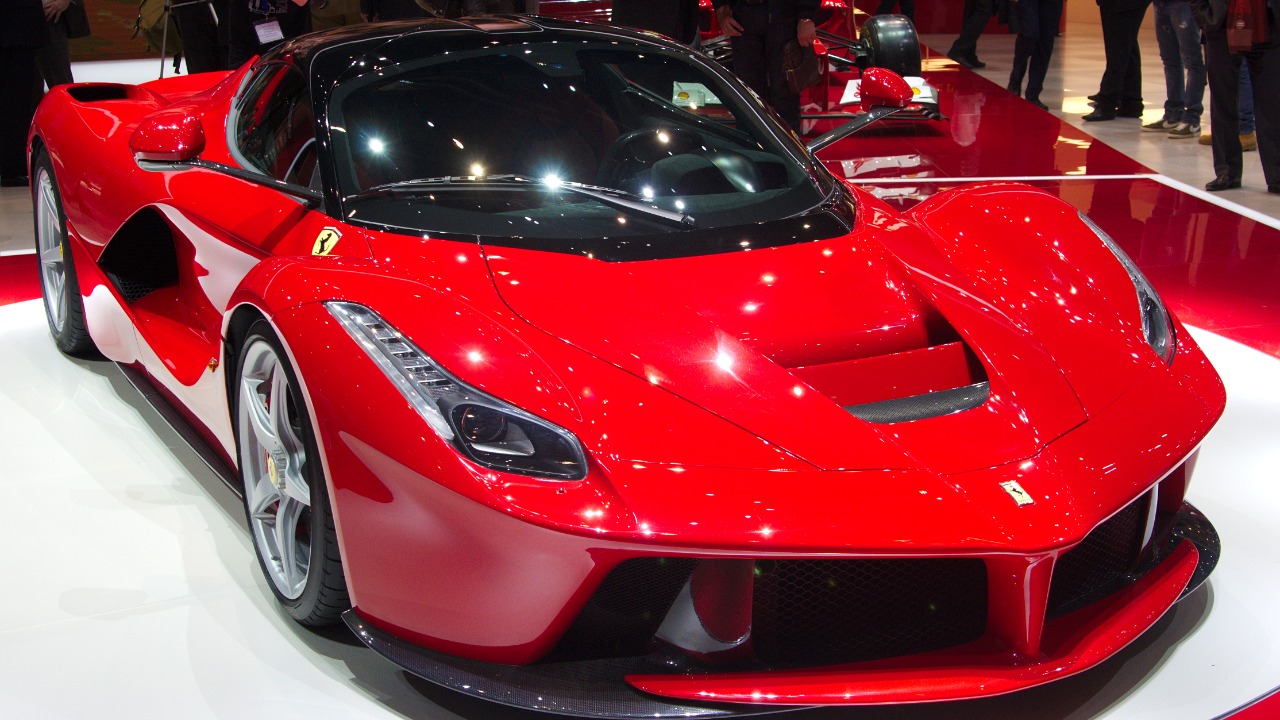
Introduced in 2013, the Ferrari LaFerrari represented a new chapter in hybrid supercar technology. Combining a V12 engine with an electric motor, the LaFerrari delivered a staggering 950 horsepower, offering both incredible speed and improved efficiency.
The LaFerrari’s hybrid system was a pioneering innovation, showcasing Ferrari’s commitment to blending performance with sustainability. Its stunning design and groundbreaking technology have influenced the development of hybrid systems in high-performance cars across the industry.
Lamborghini Aventador
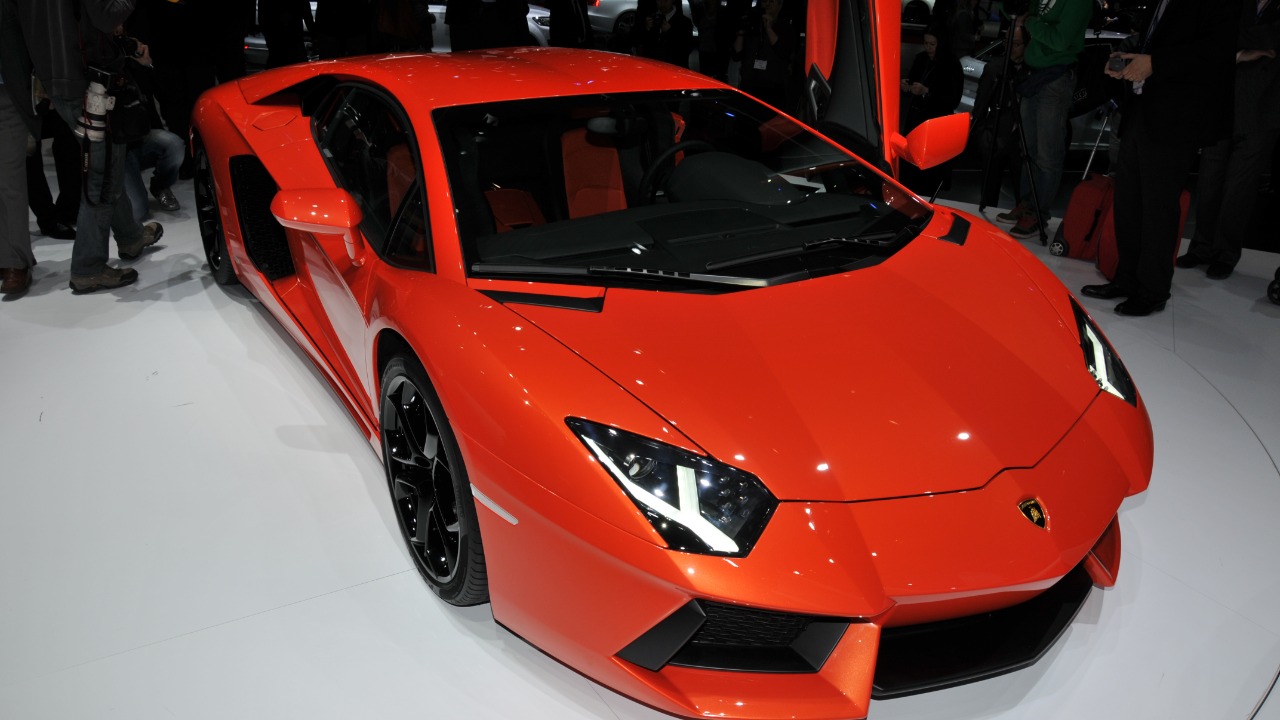
The Lamborghini Aventador, launched in 2011, brought a new level of aggression and performance to the supercar world. Its angular design and scissor doors made it an instant icon, while its V12 engine provided breathtaking speed and power.
The Aventador was notable for its advanced technology, including a lightweight carbon-fiber monocoque and an innovative pushrod suspension. Its combination of design, performance, and technology has cemented its place as a modern supercar legend, inspiring a new generation of high-performance vehicles.
Koenigsegg One:1
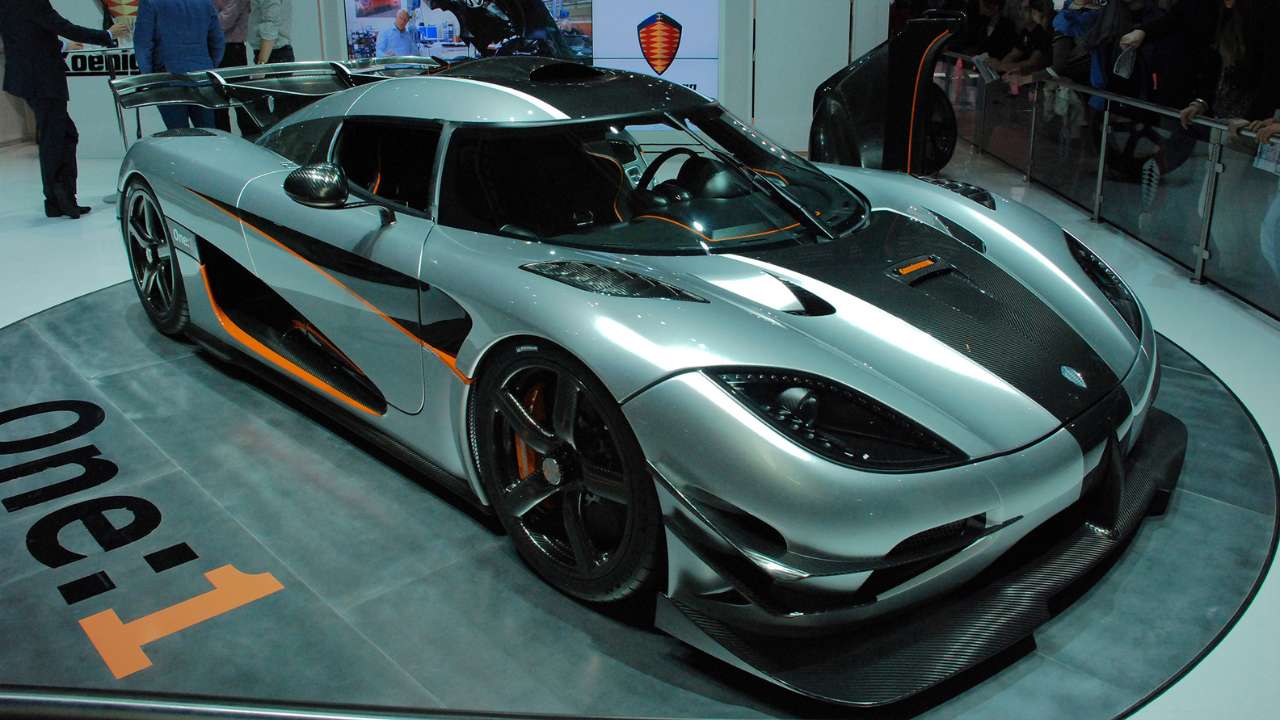
The Koenigsegg One:1, introduced in 2014, was a game-changer with its unique power-to-weight ratio of one horsepower per kilogram. This “megacar” boasted 1,341 horsepower, making it one of the most powerful production cars ever built.
With its advanced aerodynamics and cutting-edge engineering, the One:1 pushed the boundaries of what was possible in terms of speed and performance. Its innovative features and record-breaking capabilities have made it a benchmark for hypercars, influencing manufacturers worldwide.
Tesla Roadster
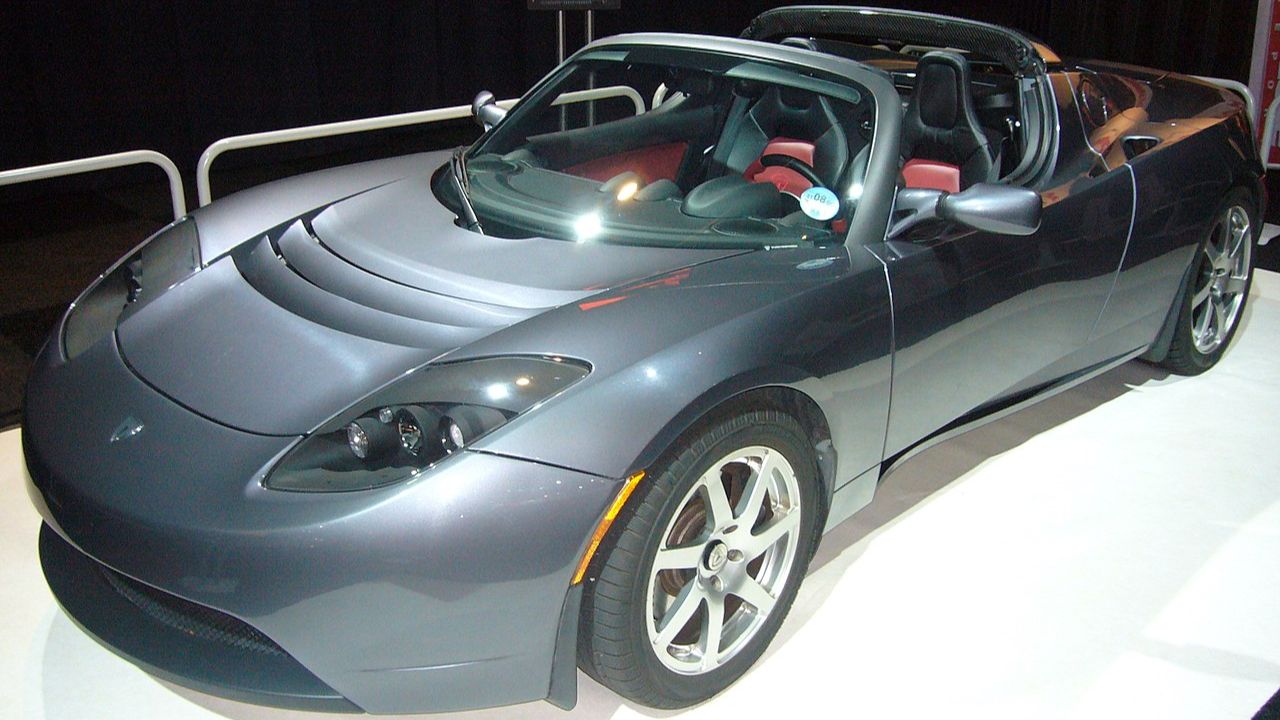
The Tesla Roadster, launched in 2008, was the first all-electric sports car to capture the imagination of car enthusiasts. With its impressive performance and zero emissions, the Roadster demonstrated that electric vehicles could be both exciting and sustainable.
The Roadster’s success paved the way for the electric vehicle revolution, challenging traditional notions of performance and environmental impact. Its legacy continues to inspire advancements in electric vehicle technology, reshaping the future of the automotive industry.
Rimac C_Two
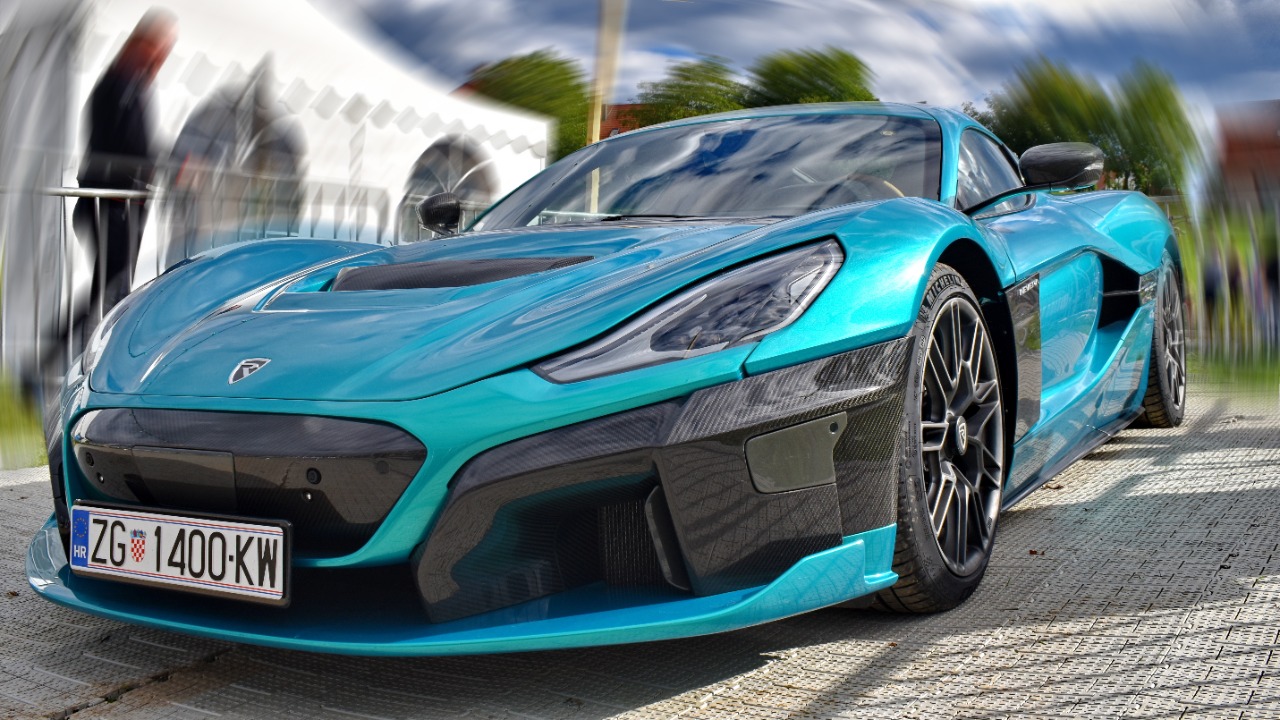
The Rimac C_Two, unveiled in 2018, represents the next evolution of electric hypercars. With a staggering 1,914 horsepower and advanced autonomous capabilities, the C_Two showcases the potential of electric performance vehicles.
Its innovative features, such as an AI-powered driving system and cutting-edge battery technology, have set new standards for the industry. The Rimac C_Two’s impact on the world of hypercars is profound, illustrating the exciting possibilities of electric power in high-performance applications.
Like Fast Lane Only’s content? Be sure to follow us.
Here’s more from us:
*Created with AI assistance and editor review.

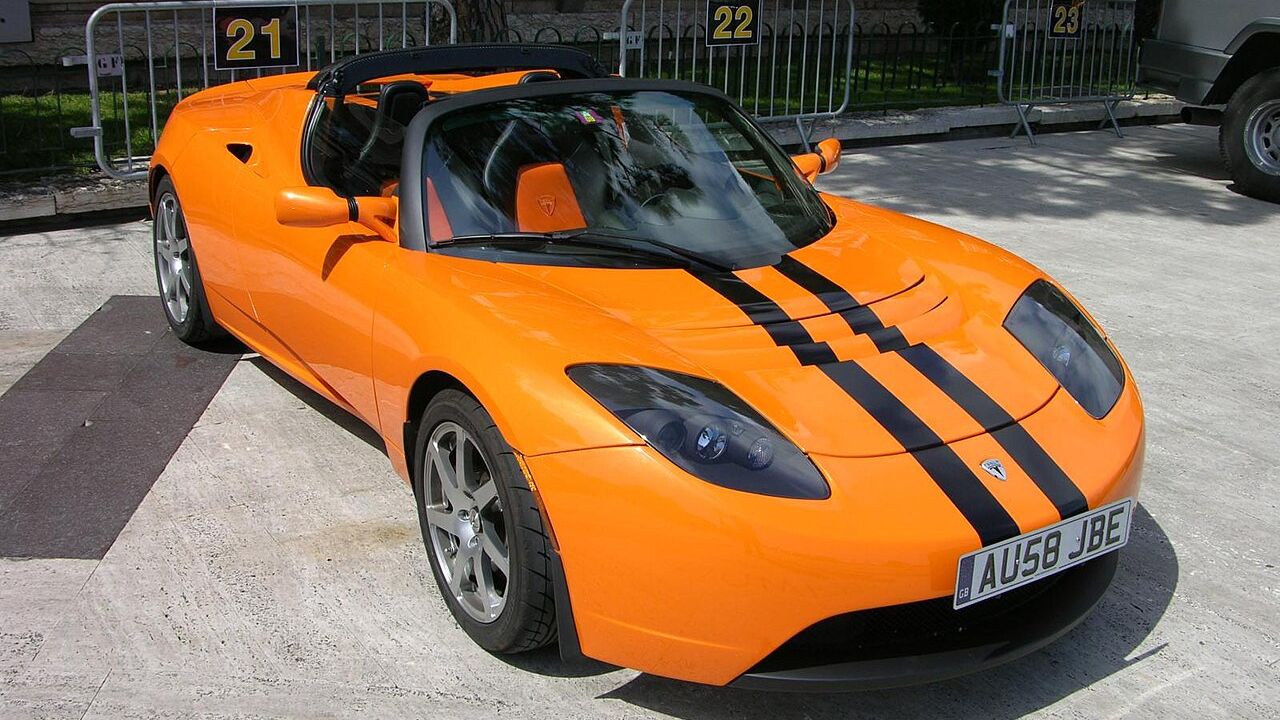
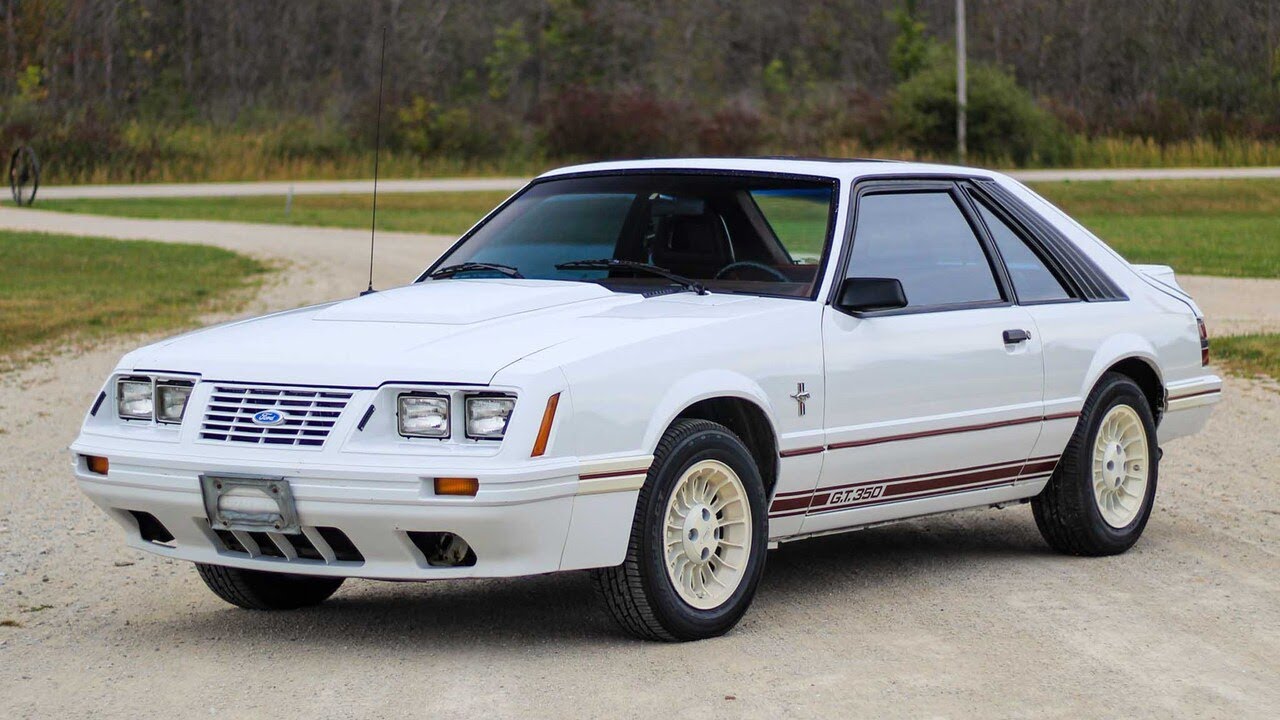

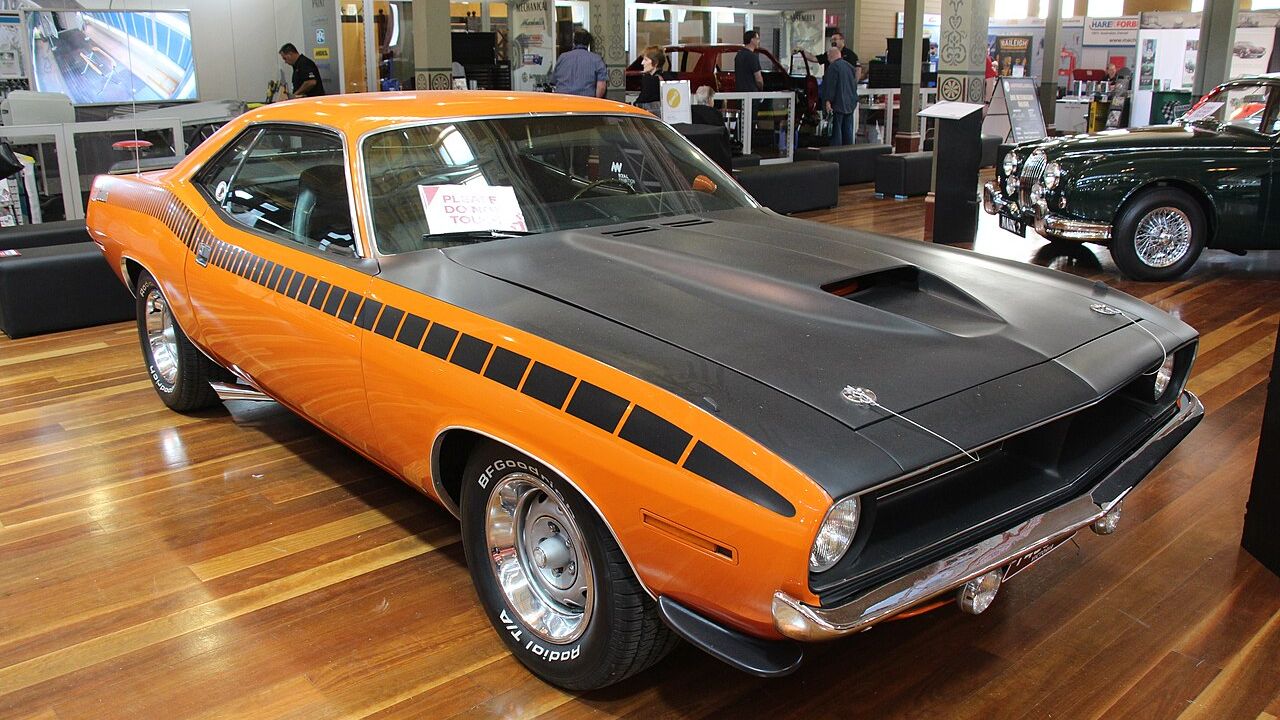
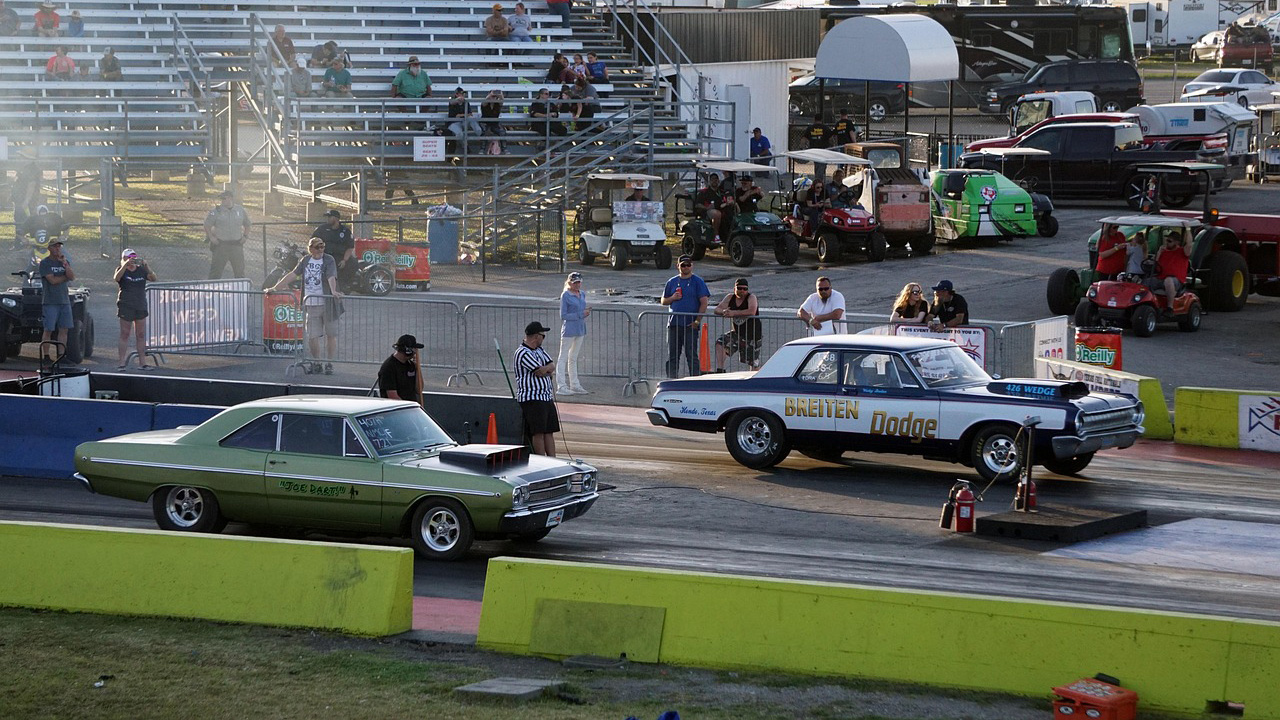
Leave a Reply